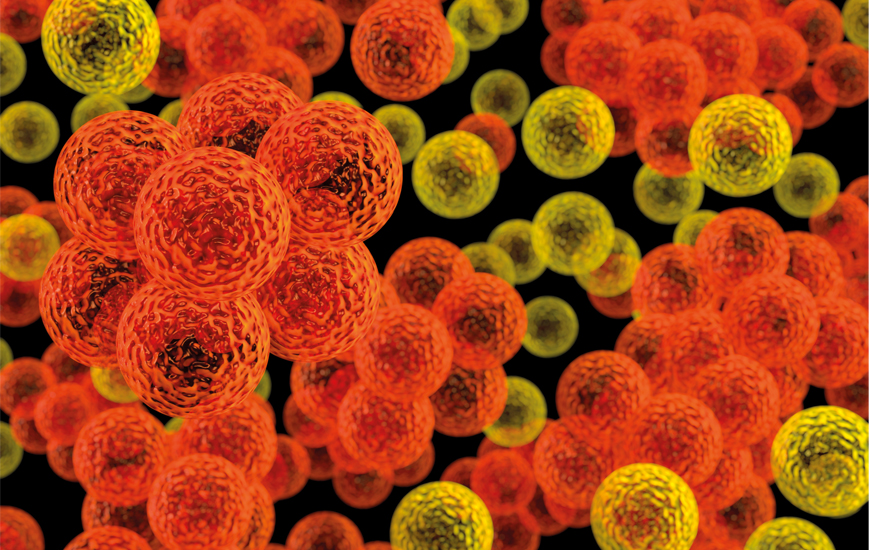A 'One Health' approach to AMR
In News
Follow this topic
Bookmark
Record learning outcomes
A blended approach that recognises interdependencies between humans, animals and ecosystems is needed to fight antimicrobial resistance, the International Pharmaceutical Federation has said in an updated policy statement.
The FIP policy statement makes recommendations for how governments and pharmacists can address AMR in the 'One Health' context, including a recommendation that governments €demonstrate political will€ by mobilising national ministries to tackle the issue and by developing action plans to contain AMR that involve all key stakeholders, including pharmacists.

The new recommendations for pharmacists include encouraging immunisation programmes, with a particular focus on influenza, and developing health education campaigns on the need to preserve the effectiveness of antibiotics. These campaigns should target prescribers, patients and the veterinary and agriculture sectors, FIP says.
P3 recently reported on an AMR awareness campaign launched by the Royal Pharmaceutical Society.
FIP has also called on governments to ensure that all antibiotics on the World Health Organization Essential Medicines List are €available at all times€ and to look at ways to ensure the sustainable production and registration of old antibiotics, €which may help address AMR as well as compensate for serious shortages of other antibiotics.
FIP vice president Dr Eduardo Savio said: €This new FIP statement reflects developments since our last statement on this topic in 2008, which include the declaration of AMR as a public health emergency and new global policies and commitments against this escalating threat to the control of infectious diseases.
€FIP will continue to support national pharmacy organisations in facilitating the essential contribution of pharmacists to action plans around the world, which include surveillance and monitoring of antimicrobial use and resistance, their distribution and regulation, and infection prevention and control.€
